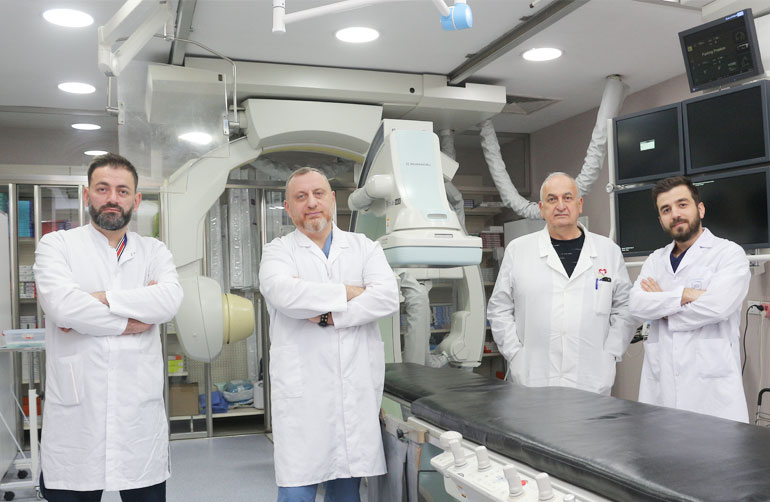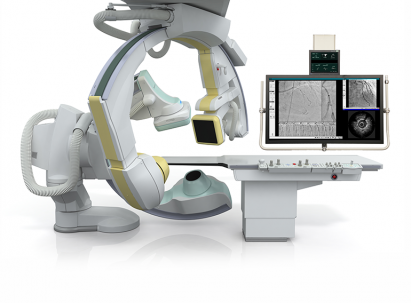
The National Center of Surgery's Department of Vascular, Endovascular, Plastic, and Reconstructive Surgery has been in operation since 1993. Work is being done in the practical, educational, and scientific fields. The department performs the following types of operations:
- Reconstruction of blood vessels and nerves using microsurgery;
- Autovene and autoneuroplasty;
- Stripping;
- Phlebectomy;
- Mini phlebectomy;
- Sclerotherapy;
- Laser ablation;
- Fascioplication;
- Microsurgical;
- Autovenoplasty;
- Valvuloplasty;
- Complete endovascular intervention volume;
- Endarterectomy;
- Shunting;
- Extraanatomic shunting;
- Arterioplasty;
- Microsurgical resection of fistulas;
- Microsurgical lymphangioplasty;
- Plastic and resection surgeries;
- Scalenectomy;
- Myotomy;
- Microsurgical arterio-phlebo-neurolysis;
- Transthorax sympathectomy;
- Microsurgical autotransplantation of tissue complexes on vascular and vascular-nerve legs;
- Tendoplasty-tendotransposition;
- Reconstruction of vascular-nerve bones;
- Autovevenous and autoneurotic plasticity.
- Other.
For the past three years, the National Center of Surgery has been using laser treatments to treat varicose veins. Rates are no longer required in this manner. It is known as “laser ablation”. The injured vein, which had to be removed through the incision, is killed with a specific laser with only one sting.
There are no scars on the limbs as a result of laser ablation. The high-tech conductor enters the injured vein and “cancels” it without causing any damage. However, because this laser beam is so frequent, it does not harm other tissues. As a result, unlike surgery, this technique is conducted under local anesthesia, allowing the patient to walk home soon thereafter.
The National Center of Surgery's sophisticated laser ablation technique, which it owns, eliminates pathology with the same efficiency as surgery in most situations. At the same time, it is far more comfortable for the patient than surgery. It should also be highlighted that the goal of these therapies is to restore normal blood circulation and avoid the consequences mentioned. As the pathologically changed vein is removed, its tributaries are also destroyed, and 95 percent of those cosmetic abnormalities disappear on their own.
Our clinic is equipped with ultramodern biplane angiograph Trinias B12, which allows us to conduct endovascular interventions during the pathology of the aorta (not an open method), this type of intervention is the more effective for the patient. At the same time, the clinic always has a supply of stent grafts for the thoracic and abdominal aorta. We can serve urgent patients around-the-clock, carry out operations timely and save lives!

The clinic uses special computer programs (software), which allow us to measure the aorta, plan operations. With these software surgeons individually select the diameter and length of the stent-graft for each patient.
This important service helps the surgeon to make a quick decision, according to the indications, perform endovascular intervention - when it comes to the ruptured aortic aneurysm, every minute is priceless!
Endovascular reconstruction of peripheral blood vessels, hybrid (open and endovascular) surgeries are successfully carried out at this department.
National Center of Surgery is a multi-field clinic, where new technologies and modern standards are used in the diagnosis and treatment of patients.
The continuous supply of materials, experienced angiosurgeons, the presence of ultramodern, exclusive in the region biplane angiograph, special software - these are the advantages that the endovascular department of the National Center of Surgery stands out for!






